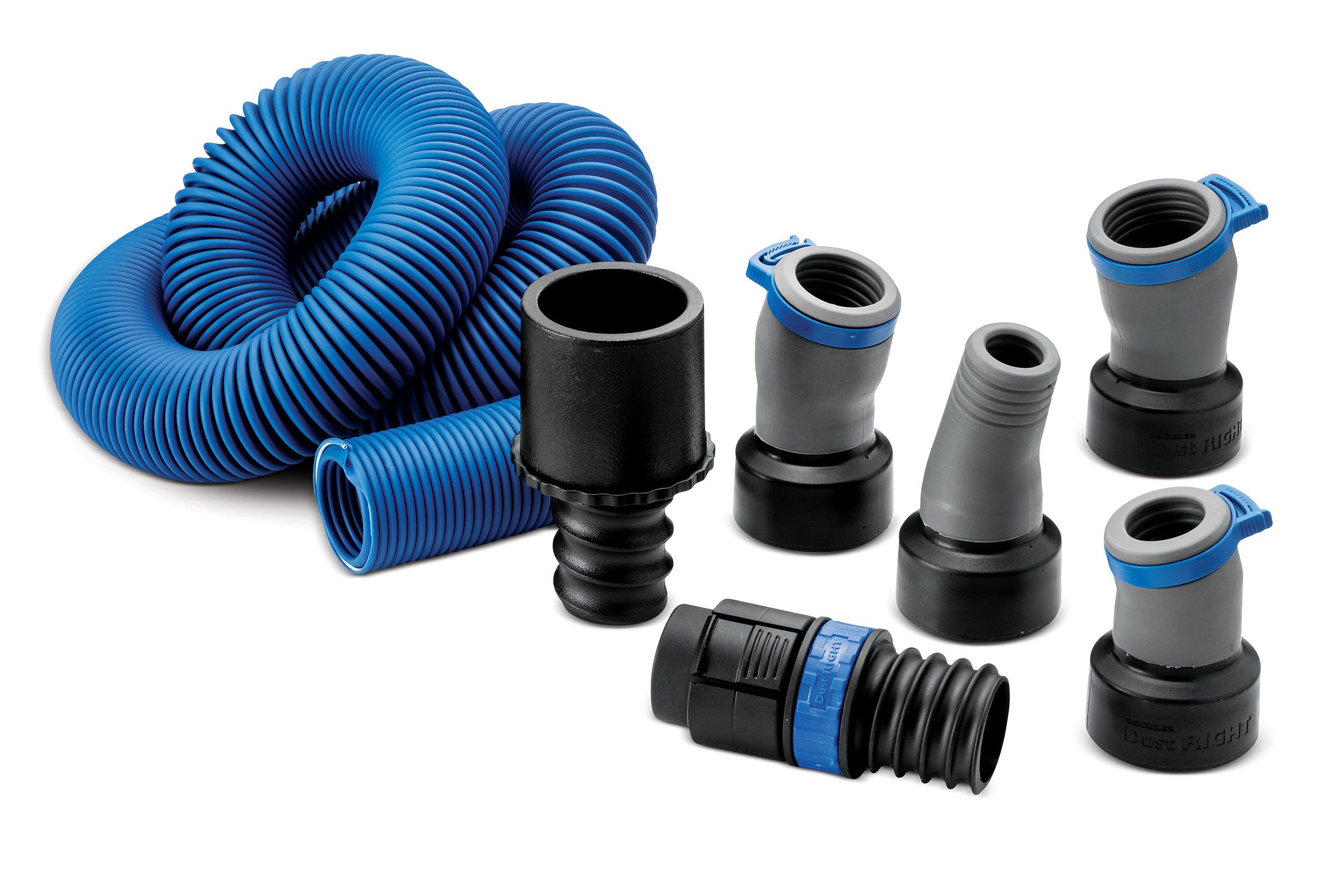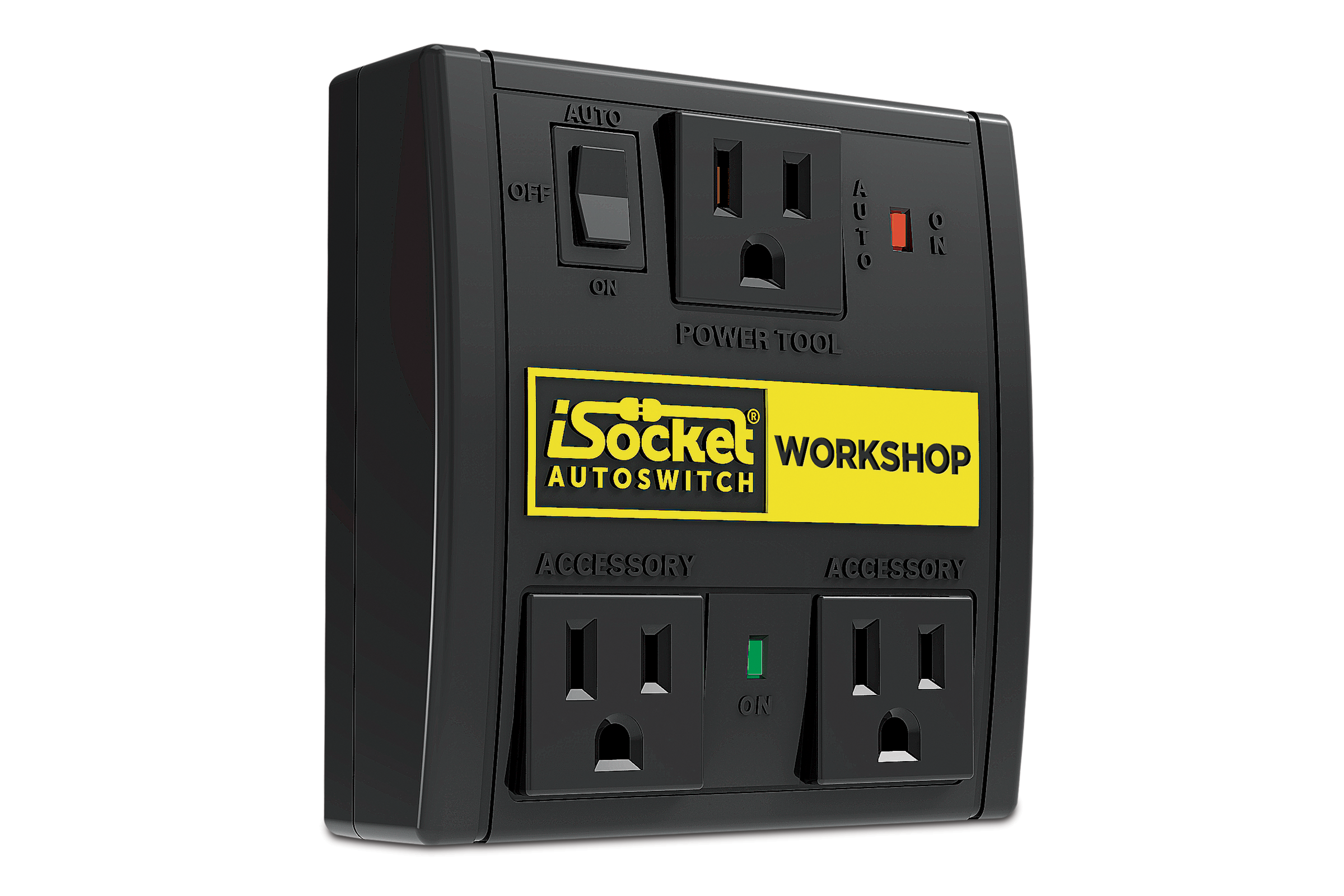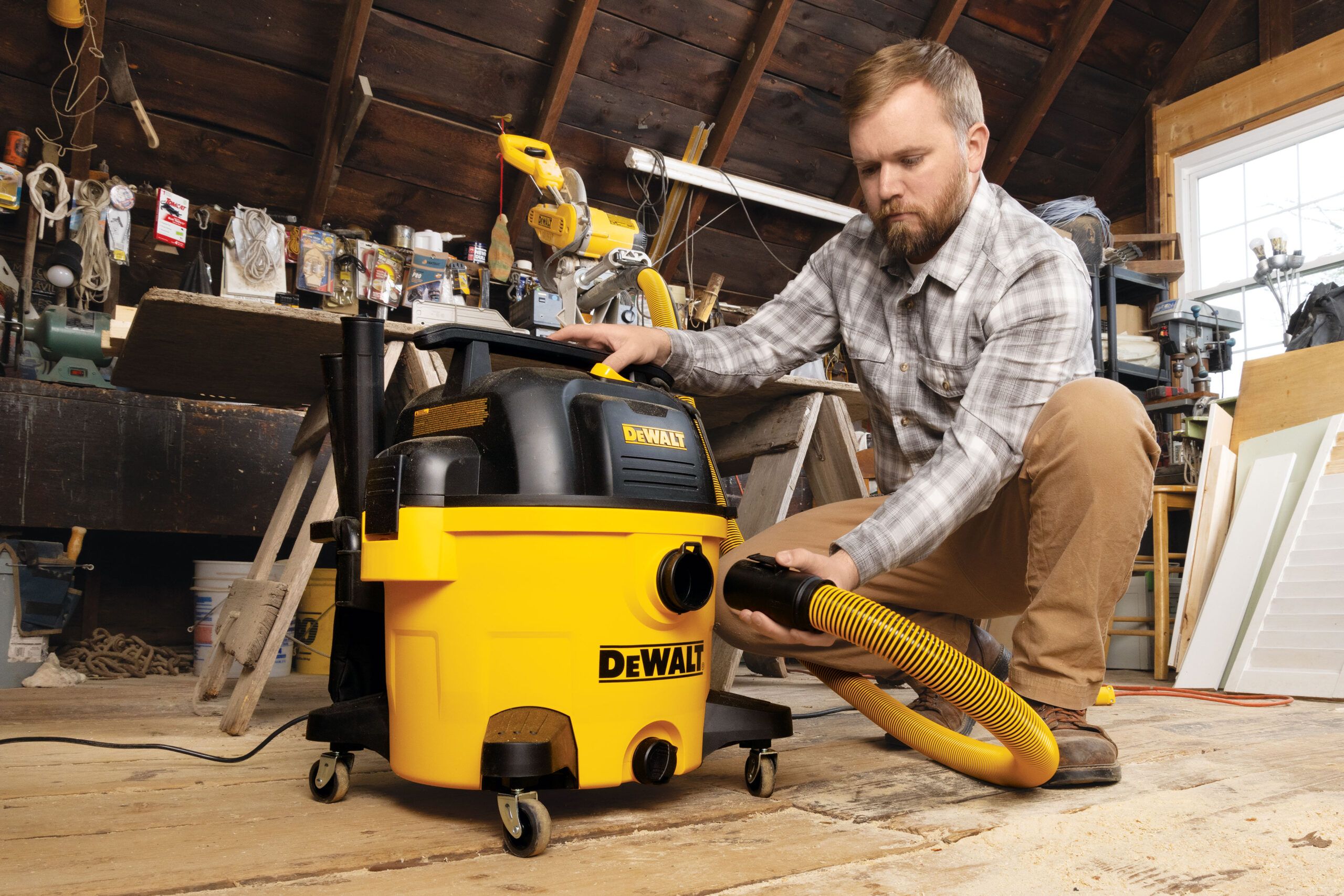Few tools are called into service as often as the humble utility, or shop, vacuum. Ready to pick up drywall shards after a demolition job, clean-sweep a garage after a day of making sawdust, or dry out a flooded basement, these all-purpose vacs can handle serious wet and dry messes—and are as essential to a DIYer’s tool kit as a tape measure.
With the varied sizes and features offered today, it helps to have more than one. “My big tub-shaped vac is great for major cleanups, but for minor repairs, a toolbox-sized vac is easier to carry around and much faster than using a broom,” says Nathan.“I really like how the newer vacuums can be connected to power tools to capture dust before it hits the.” Here’s what you need to know about this essential project companion.
What to Look For When Buying Shop Vacuums

Common features
- Hose: Directs a vac’s dust-collection power where it’s needed most
- Canister: Stores debris until it’s tossed in the trash; some can be outfitted with bags
- Casters: Makes it easier to move around, especially when fully loaded
- Handle; A sturdy handhold helps when loading it onto a truck or going up stairs
Worthwhile upgrades
A) Low noise: Internal dampeners control noise levels so you don’t need hearing protection
B) Onboard storage: A top strap and compartment (here it’s on the back) keep accessories close and tidy
C) Drain port: Helps empty liquids without having to lift the tank
D) Larger-diameter: hose A 2½-inch hose can improve dust and chip collection with larger vacs
Types of Shop Vacuums
Here are three types of shop vacuums to consider before you make your selection.
3 gallon compact and stackable
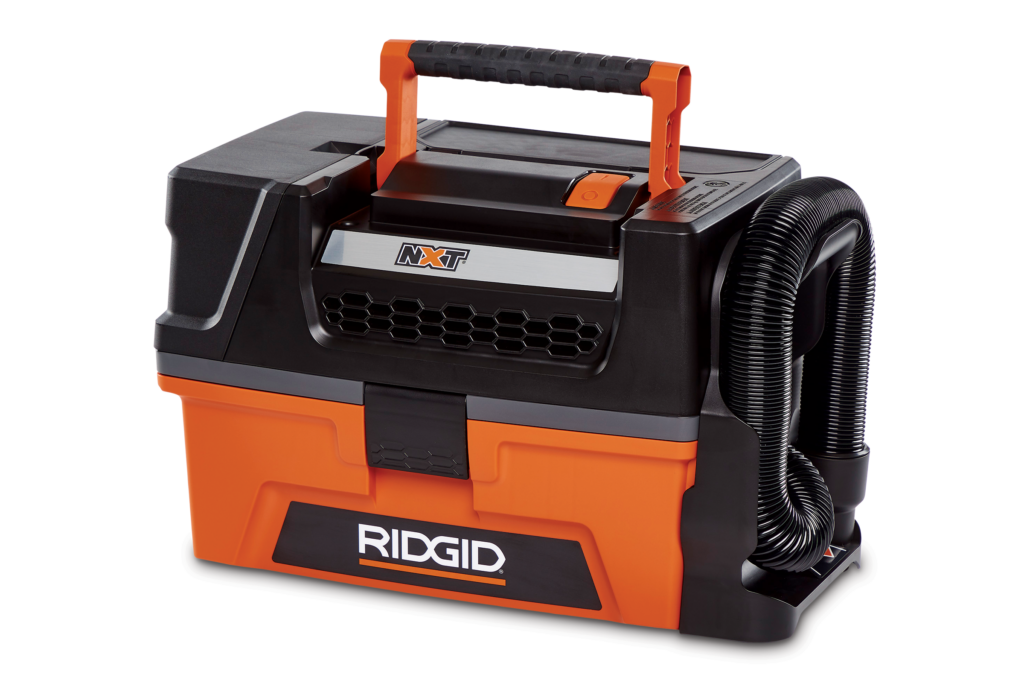
With its extra-long 15-foot cord and 6-foot-long swiveling hose, this compact vac can reach where larger ones might not fit. Inside, a three-layer cartridge-style filter captures finer particles than standard pleated filters can.
Accessories and the cord stow away in the lidded top. This vac’s boxy exterior makes it easy to stack on or under other toolboxes. Its compactness is also its Achilles’s heel: The 3-gallon canister can fill up quickly.
Rigid 3 Gallon 5.0 Peak HP NXT (HD0300)
- AMPS: 7.8
- CFM: 100
- STATIC PRESSURE: 48”
- CAPACITY: 3 gallons
- DECIBELS: 69
- HOSE SIZE: 17/8”× 6′
- CORD LENGTH: 15′
- ACCESSORIES: 2
- SIZE: 11.8×10.6×18.8”
- WEIGHT: 12.6 pounds
- PRICE: $119; homedepot.com
Super filtrating dust extractor
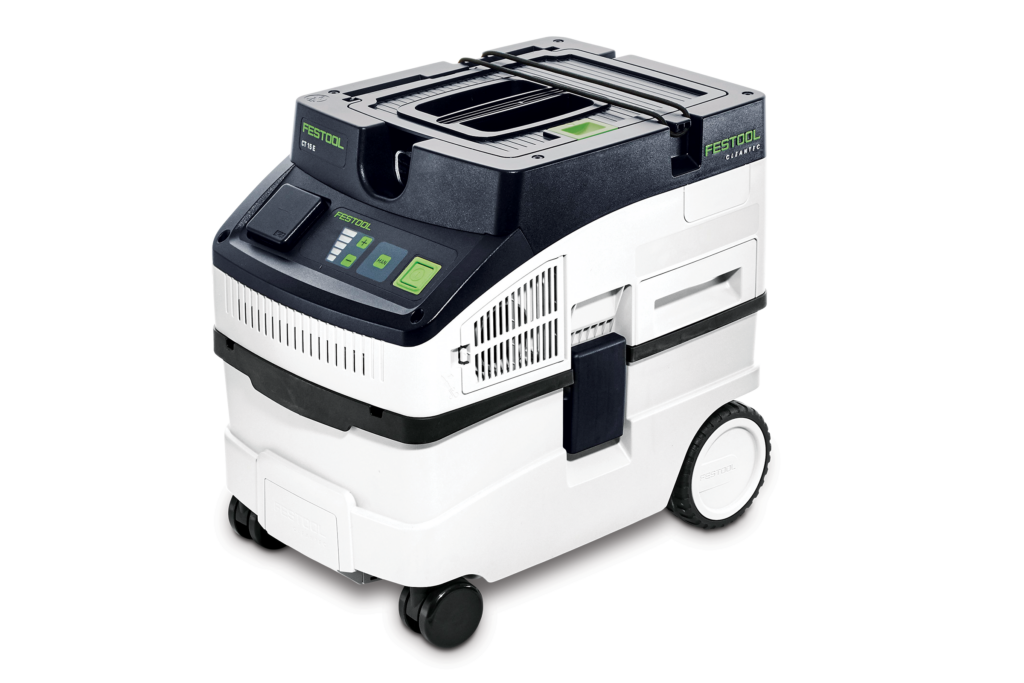
With its auxiliary outlet, this vac is often paired with power tools. It excels at sucking sawdust from sanders, saws, and routers, but it has the power to also handle serious messes and spills. When fitted with a HEPA filter, the tool captures tiny particles like lead-based paint, superfine wood dust, and silica (from drilling or cutting masonry). The large rear wheels will roll over cords or job-site debris. Other Festool toolboxes can be clipped on top of the vac’s flat top
Festool Cleantec CT 15 E HEPA Dust Extractor (577413)
- AMPS: 10
- CFM: 130
- STATIC PRESSURE: 96”
- CAPACITY: 15 liters (about 4 gallons)
- DECIBELS: 70
- HOSE SIZE: 11/16″× 111/2′
- CORD LENGTH: 11½’
- ACCESSORIES: 2
- SIZE: 18.5× 12.59× 17.12”
- WEIGHT: 24.69 pounds
- PRICE: $419; festoolusa.com
Compact cordless cleaner
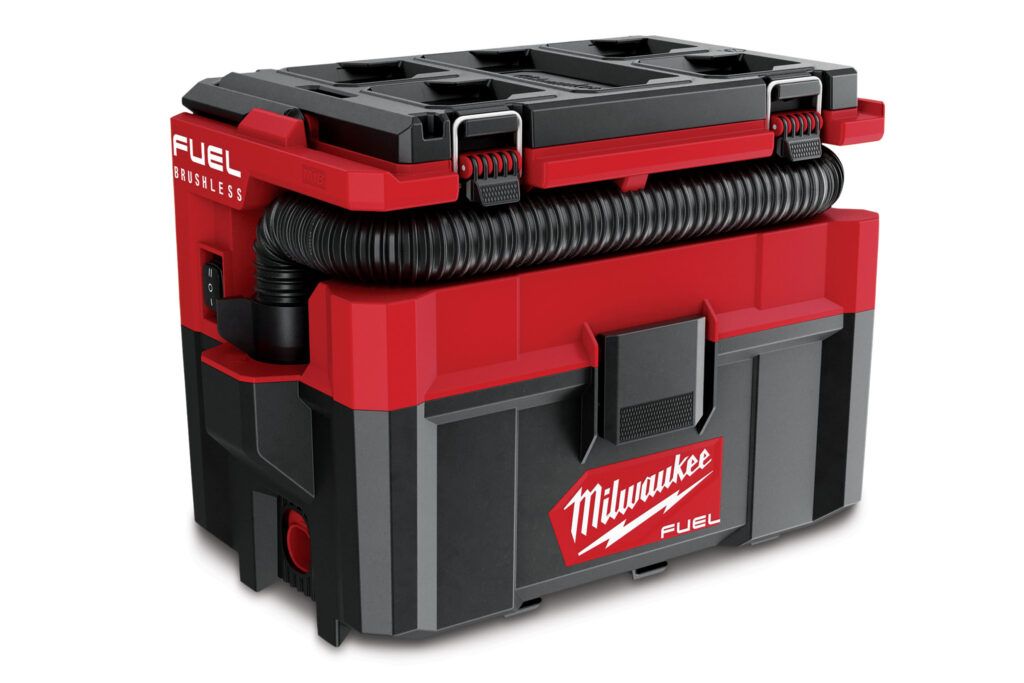
This compact cordless vac uses a brushless motor that produces almost as much suction as corded vacs for up to 30 minutes on its highest setting.
Designed to be a multitasker, it cleans up debris and spills, and can be connected to other power tools. A HEPA filter safely captures the finest dust that can be harmful to your lungs. With its under-lid storage, you won’t need to worry about a hose or an accessory getting knocked loose, damaged, or lost.
M18 Fuel Packout 2.5 Gallon (0970-20)
- POWER: 18-volt battery
- AMPS: up to 8
- CFM: 59
- STATIC PRESSURE: 47”
- CAPACITY: 2½ gallons
- DECIBELS: 87
- HOSE SIZE: 1¼”× 6′
- CORD LENGTH: NA
- ACCESSORIES: 3
- SIZE: 12.8× 17.1× 10.5”
- WEIGHT: 11.3 pounds
- PRICE: $219; milwaukeetool.com
What to Consider When Comparing Models
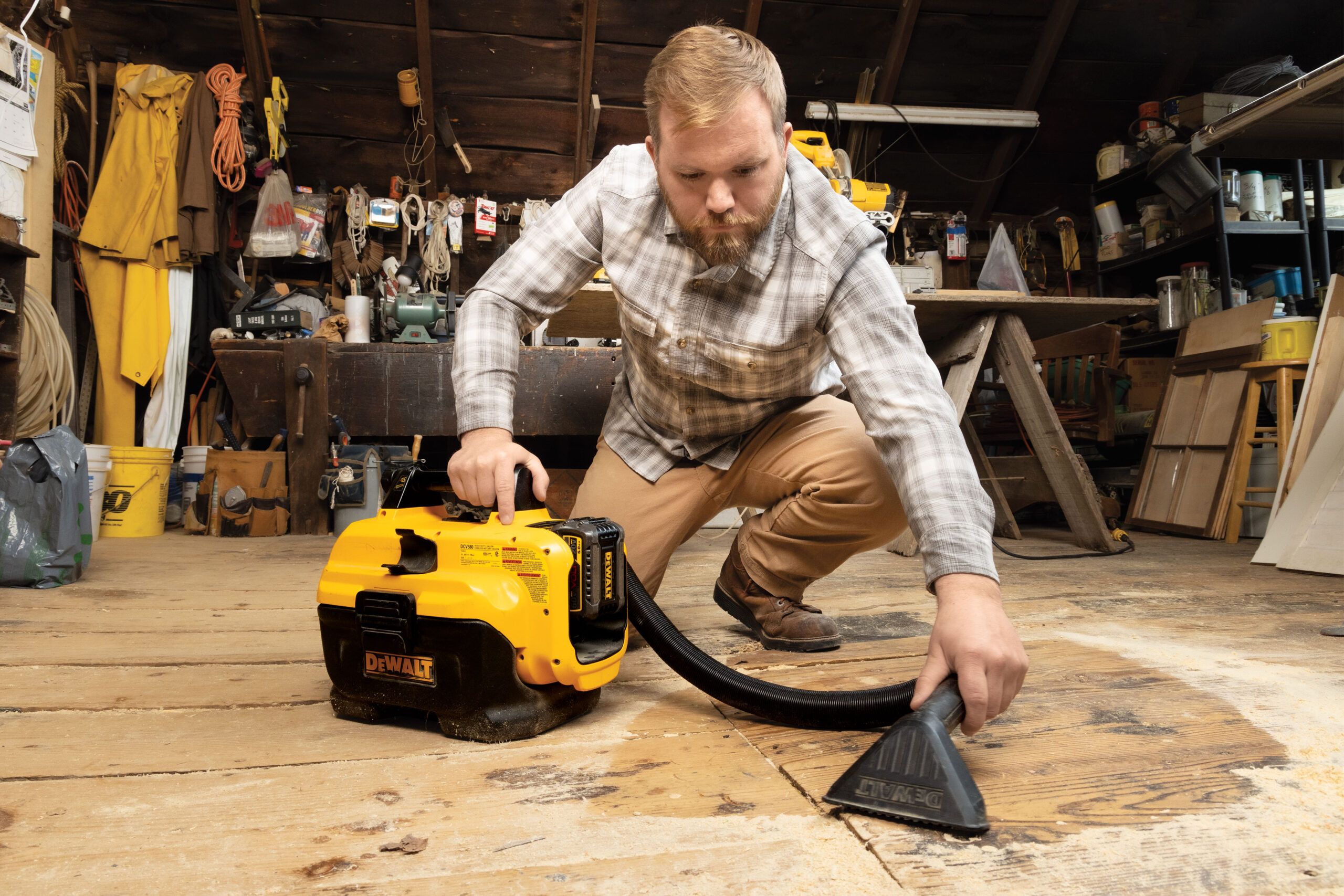
Here are the vacuum specs that matter most, and how the numbers relate to product performance.
Cubic feet per minute (cfm)
Knowing how much air flows through a vacuum suggests how well the motor, filter, and hose work together. Unfortunately, some manufacturers measure cfm directly from the hose connection to get a higher number.
Static pressure
This number is obtained by measuring how high a vac can lift water up a 1-inch-diameter tube; the higher the column, the better the suction. When shopping for a vacuum, a good rule of thumb is a 2:1 ratio of cfm to static pressure.
Hose size and length
A hose will not change the static pressure, but by affecting cfm, it can help or hinder a vac’s performance. By increasing airflow, a larger-diameter hose can improve dust collection, although it may lose the air velocity needed to clear heavier chunks. A longer hose increases friction, which steals suction power. Unless there’s a good reason, stick with the hose that came with your vac.
Types of Shop Vacuum Filters
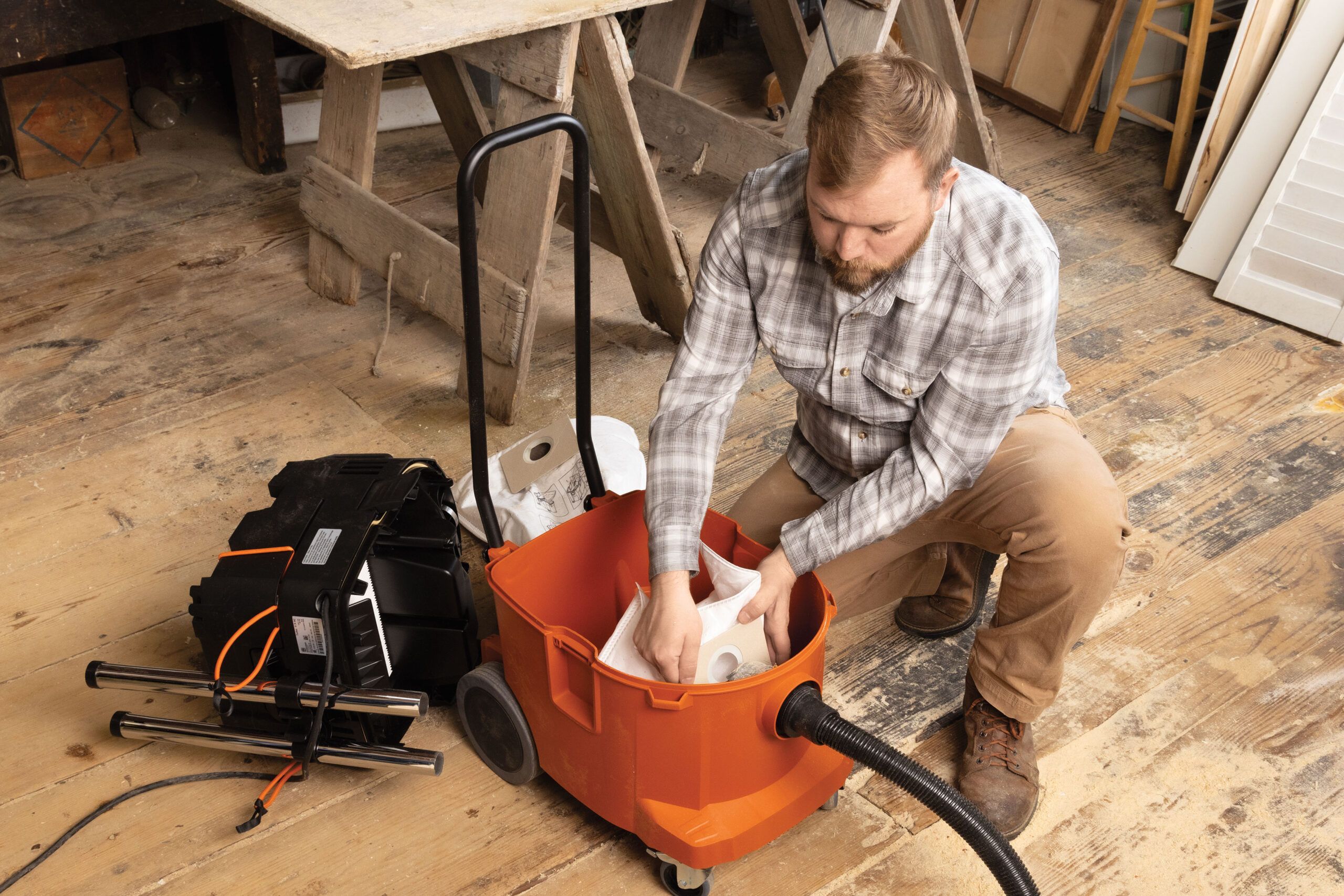
There are a host of filters to choose from. Here’s how to zero in on one that best addresses your mess.
Foam
This spongy sleeve protects the motor from larger particles, but dust flies right through. Best for wet messes.
Pleated paper
Often shipped with less expensive vacuums, this single-layer filter is good for everyday chores, like cleaning up sawdust, dirt, and crumbs from the garage or minivan.
Fine-dust pleated paper
A step up from standard-issue filters, they catch 99 percent of dust from 10 microns to 1 micron. Good for picking up fine particles such as sawdust, drywall dust, and cold wood ash. Some are washable.
High-efficiency particulate air (HEPA)
These filters catch at least 99.97 percent of particles down to 0.3 microns. HEPA-rated filters are the best choice for handling hazardous materials such as lead paint, fiberglass, and mold.
Shop Vacuum Upgrades
These add-ons boost convenience and improve a vacuum’s performance.
